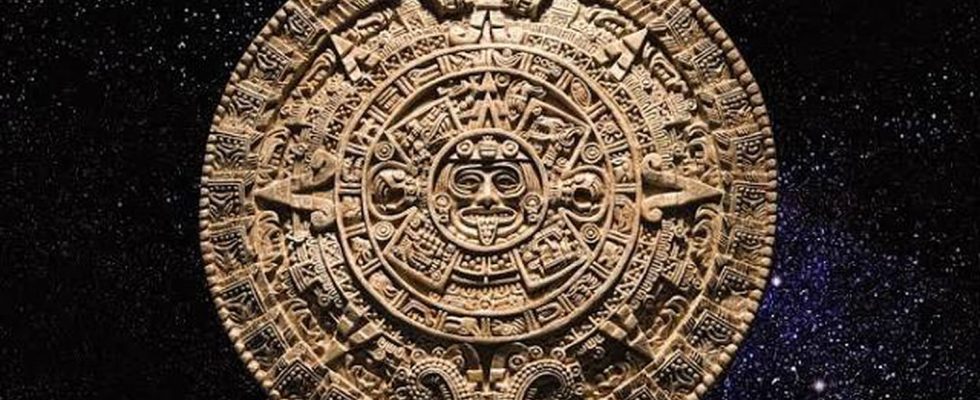We had to think bigger!
- Researchers show how the movements of several planets fit into the 819-day Mayan calendar.
- The 819 days of the calendar must be considered over a period of 45 years to be fully understood.
- The movements of all major planets visible to the ancient Maya fit into this extended calendar.
Although ancient Maya culture offered various types of calendars, the one that has most confused scholars was the 819-day calendar discovered in glyphic texts. Researchers have long believed that this calendar is associated with planetary motions, particularly the synodic periods (when a planet visually appears to return to the same position in the sky as seen from Earth) of the most important planets in the solar system. However, each planet moves differently and it seemed impossible to fit multiple planets into an 819 day period.
But this becomes possible when one examines the period over 16,380 days (about 45 years), and not over 819 days only. This represents a total of 20 cycles of 819 days. Mercury has always been the starting point for this complex timeline because its synodic period – 117 days – fits well with the 819 days. From there, we must extrapolate the number 819, and if we trace 20 cycles of 819, we can integrate all the key planets.
That’s what new research has shown. This is a much broader perspective than that adopted so far. In a study published in the journal Ancient Mesoamerica, two researchers from Tulane University pointed out how researchers could never quite explain the 819-day count before expanding their field of view. “By increasing the length of the calendar to 20 819-day periods, a pattern emerges in which the synodic periods of all visible planets correspond to the stationary points of the 819-day calendar.”
This means that the Mayans had a 45-year vision of planetary alignment and coded it into a timeline that puzzles modern researchers. And Mars could be the key to the total duration. With a synodic period of 780 days, 21 periods is exactly 16,380 days, or 20 cycles of 819. Venus needs seven periods to fit five counts of 819 days, Saturn needs 13 periods to fit six counts of 819 days , and Jupiter has 39 periods to reach 19 cycles of 819 days.
“Rather than limiting their attention to a single planet,” the authors write, “the Mayan astronomers who created the 819-day count intended it as a larger calendar system that could be used for predictions of synodic periods. of all the visible planets, as well as for the points of correspondence with their cycles in the Tzolk’in and the round calendar.”
Thus, by broadening our perspective and considering the Mayan calendar over a longer period, researchers have finally managed to unravel the mystery of how it works. This is a fascinating discovery that allows us to better understand the wisdom and long-term vision of the ancient Maya in their study of planetary cycles and their relationship to time.
